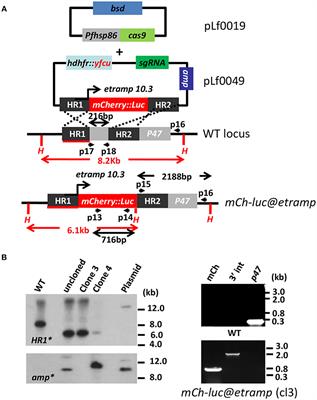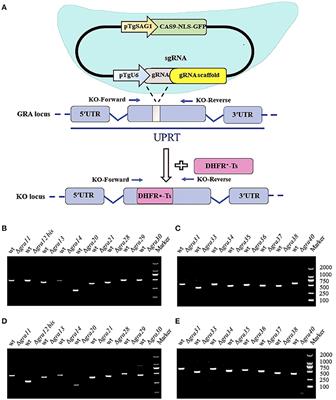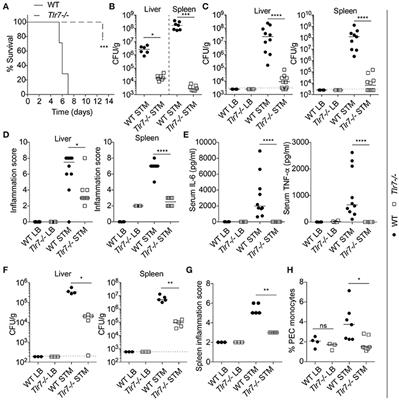ORIGINAL RESEARCH
Published on 16 Apr 2019
A P. falciparum NF54 Reporter Line Expressing mCherry-Luciferase in Gametocytes, Sporozoites, and Liver-Stages

doi 10.3389/fcimb.2019.00096
- 5,782 views
- 19 citations
22k
Total downloads
107k
Total views and downloads
ORIGINAL RESEARCH
Published on 16 Apr 2019

REVIEW
Published on 22 Mar 2019

ORIGINAL RESEARCH
Published on 28 Aug 2018

ORIGINAL RESEARCH
Published on 12 Jun 2018

ORIGINAL RESEARCH
Published on 19 Mar 2018
